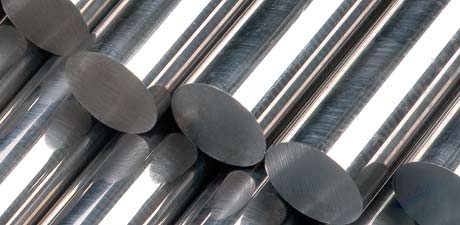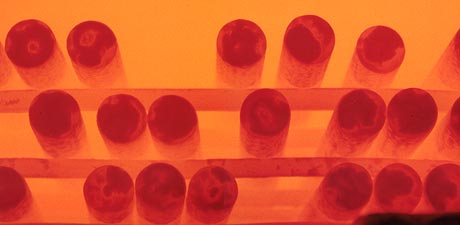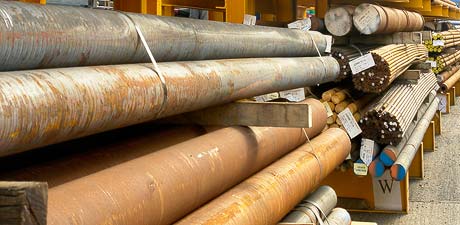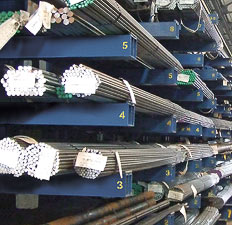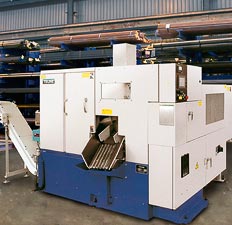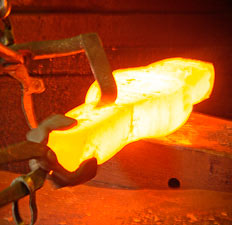Technical Data
Metallurgical Terms
Transformation Range.
The temperature range within which austenite forms and ferrite or carbide progressively dissolves while ferrous alloys are being heated. Also the temperature range within which austenite decomposes to form ferrite and carbide on cooling. The range is lower on cooling than on heating, this phenomenon is known as thermal hysteresis. The temperatures are influenced by composition and the rate of heating or cooling.
Transformation Temperature.
The temperature at which a change in phase occurs, or the limiting temperature of a transformation range. For ferrous alloys these limiting temperatures, or critical points, are known by symbols: Ac (c = chauffage or heating) and Ar (r = refroidissement or cooling):
| Accm | In hyper-eutectoid steel the temperature at which solution of carbide in Austenite is complete. |
| Arcm | The temperature at which carbide starts to precipitate on cooling. |
| Ac1 | The temperature at which austenite begins to form on heating. |
| Ar1 | The temperature at which the transformation of austenite to ferrite and carbide is complete on cooling. |
| Ac3 | The temperature at which transformation of alpha ferrite to austenite is complete. |
| Ar3 | The temperature at which austenite starts to transform to alpha ferrite on cooling. |
| Ac4 | The temperature at which austenite transforms to delta ferrite on heating. |
| Ar4 | The temperature at which delta ferrite transforms to austenite. |
| Ms | The highest temperature at which martensite forms on cooling. |
| Mf | The temperature at which martensite formation is complete on cooling. |
The martensite change is not reversible and is not affected by the rate of cooling. All the other changes occur at lower temperatures on cooling than on heating and depend on the rate of change of temperature.
Transition Temperature.
The temperature at which a transition from ductile to brittle fracture takes place in steel. It is commonly determined by making a series of Charpy impact tests at various temperatures; the transition temperature is usually taken as the point where 50% of the fracture surface shows cleavage. There are other methods of assessing the transition temperature, e.g., by bend tests, and each method gives a different value.
Transverse Test.
(a) A test applied to cast iron in which a bar is supported at its ends and loaded in the centre of the span until fracture occurs.
(b) A test taken at right angles to the principal direction of rolling or forging.
TTT Curve.
An abbreviation of Time Temperature Transformation Curve.
Tufftriding.
A nitrogen surface hardening process giving a softer case than conventional nitriding.
Tuyere (Twyer).
A nozzle through which air is blown into a blast furnace or cupola. It is usually made of copper and kept cool by circulating water. The term may be applied to nozzles through which air is blown into other types of furnaces.
Twinning.
Well defined bands in crystals in which the orientation of the atoms in the crystal lattice is the mirror image of that of the remainder of the crystals. It may be a result of heat treatment following cold work, as in the austenitic 18/8 stainless steels.
Twyer.
(See Tuyere).
- < Previous
- 1
- 2
- 3


